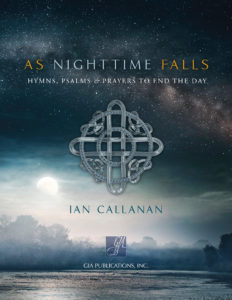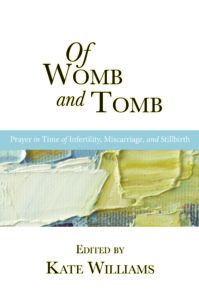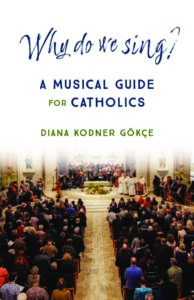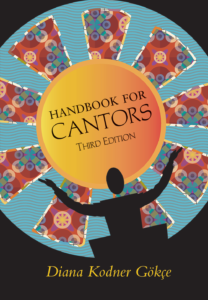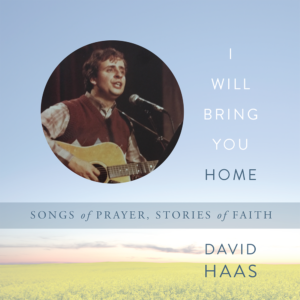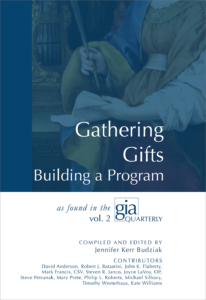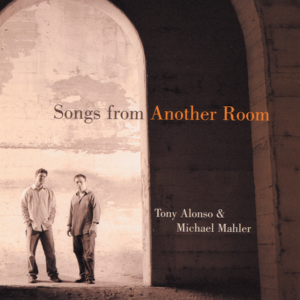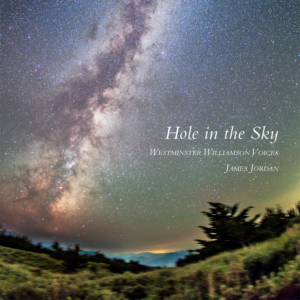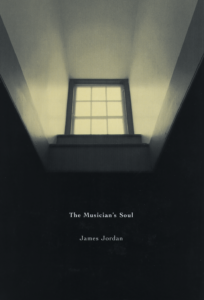Anyone who knows me has probably heard me say “If you need someone to panic with you, give me a call.” I can usually be trusted to panic just about any time of the day, for good reason or no good reason, and sometimes just for fun (as well as to keep in practice because you never know when you might be called upon to panic for real).
Church musicians have lots of reasons to panic. We’ve all had liturgies planned full of celebratory and intricate music only to wake up to an ice storm or blizzard. Something innocently consumed the night before can become an issue at 5 am for you OR for your soloist/cantor/guest instrumentalist. Whether it’s a special celebration or just about any liturgy you are coordinating, there are lots of pieces of the puzzle to put together on any given day.
For those of us who play the organ regularly, there are even more reasons to panic! Organs can be sensitive to heat, cold, leaking roofs, excess humidity, not enough humidity, aging leather, power failures, mouse droppings—the list is pretty long. (The list isn’t much shorter for other keyboard players, either.)
So, anything we can do to reduce occasions for panic makes our lives easier and more productive as church musicians, and especially as musicians gliding from Keyboard to Keyboard.
One collection published by GIA that is an invaluable resource for people who need as much flexibility as possible is One in Love and Peace arranged by Kelly Dobbs Mickus and Bob Moore. This collection of music for weddings includes preludes, processionals and recessionals, with arrangements of some of the most requested wedding selections in both organ and piano versions side by side. An ancillary edition includes parts for other instruments (B-flat trumpet, solo C instrument, and string quartet). A demonstration CD is available for as well and is useful in the wedding planning process.
Kelly did the organ arrangements, and Bob the piano (which can be adapted for keyboard-only use on the organ) and for a list of the contents, click here.
I would have benefited greatly from having this volume at a wedding I played a few winters ago in Detroit. The historic church where the wedding was held housed an organ that disliked the frigid cold weather so much, it sang lots of notes on its own without any help from me. Most of the time they stopped singing after a few minutes, but one February Saturday after a night of below-zero temperatures I arrived for the wedding only to discover that the façade pipes of the organ had developed several very loud ciphers in the lower octaves of the Great manual, and while they made an interesting cluster, I didn’t think the wedding party would be thrilled. I tried all the tricks I knew, and after about an hour all but one pipe had been coerced into silence. The wonderful building engineer (quite a bit taller than I) graciously volunteered to climb up onto a ladder with me guiding him and stuffed a plain white towel into the misbehaving pipe, where it had to remain for several weeks until the organ technicians could schedule a visit. I was able to use the organ for that wedding because of said kitchen towel, but had we not been able to access the pipe, I would have had to switch gears and play all the wedding music on the piano instead of portions of it. Simply having this volume brings a sense of peace that under similar circumstances, I now have everything I could need in one collection, whether there’s a cipher or any other reason why I might need to go back and forth from Keyboard to Keyboard.
So, while I do love to panic, there’s no need for me to press the panic button over wedding music anymore. As much as I do joke about panicking, I was amused and horrified this past month when I visited another church to rehearse with an instrumentalist for an upcoming concert. I had never played that organ and the organist was not around that day. My oboist friend and I looked all over for the on switch (that in itself might have to be the subject of another blog—how to find the on switches for organs…). The church was dark, and we looked up, down, on the side of the console, under the console, on the wall, (using our iPhone flashlights), and we just couldn’t find it. (Turns out the buttons were hidden in plain sight but they were small and in the dark I couldn’t see them under the music desk). Our panicked pushing of all things button-like led us to push an actual panic button which was located on the wall next to the console and had no identifying red-hot button. Well, the police called the church staff and they all rushed in, politely concerned but also slightly disturbed that we had set off the alarm. Did I panic then? Well, yes, but so did everyone else. As usual, there’s rarely any need to panic. So, order this volume and I will relax, knowing that you will benefit from this wonderful collection!
So, note to self…..don’t push the panic button!




